On visiting the seaside towns of the UK’s East Coast, Max Miechowski discovered an unexpected apprehension for the future among the decades-old communities
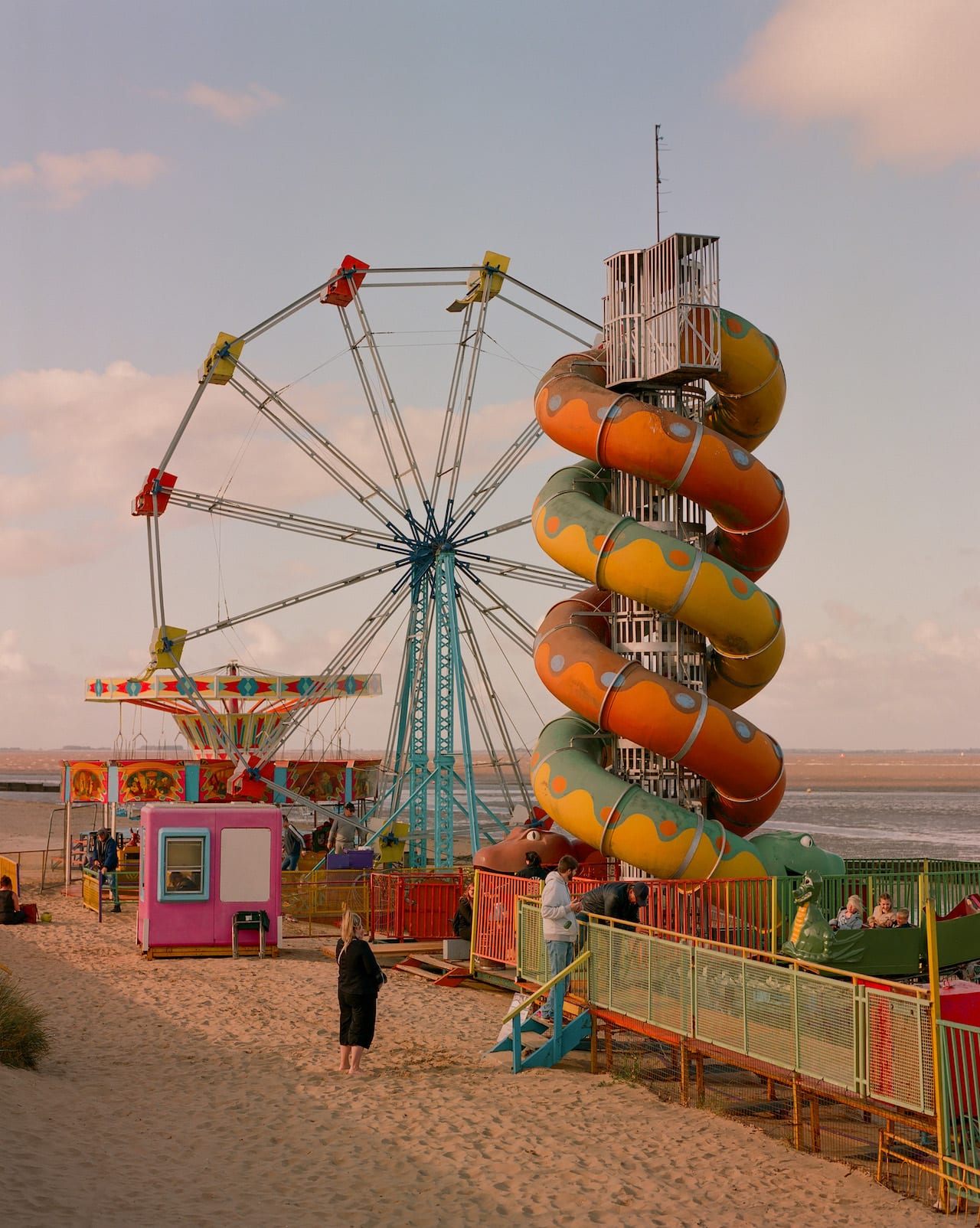

On visiting the seaside towns of the UK’s East Coast, Max Miechowski discovered an unexpected apprehension for the future among the decades-old communities
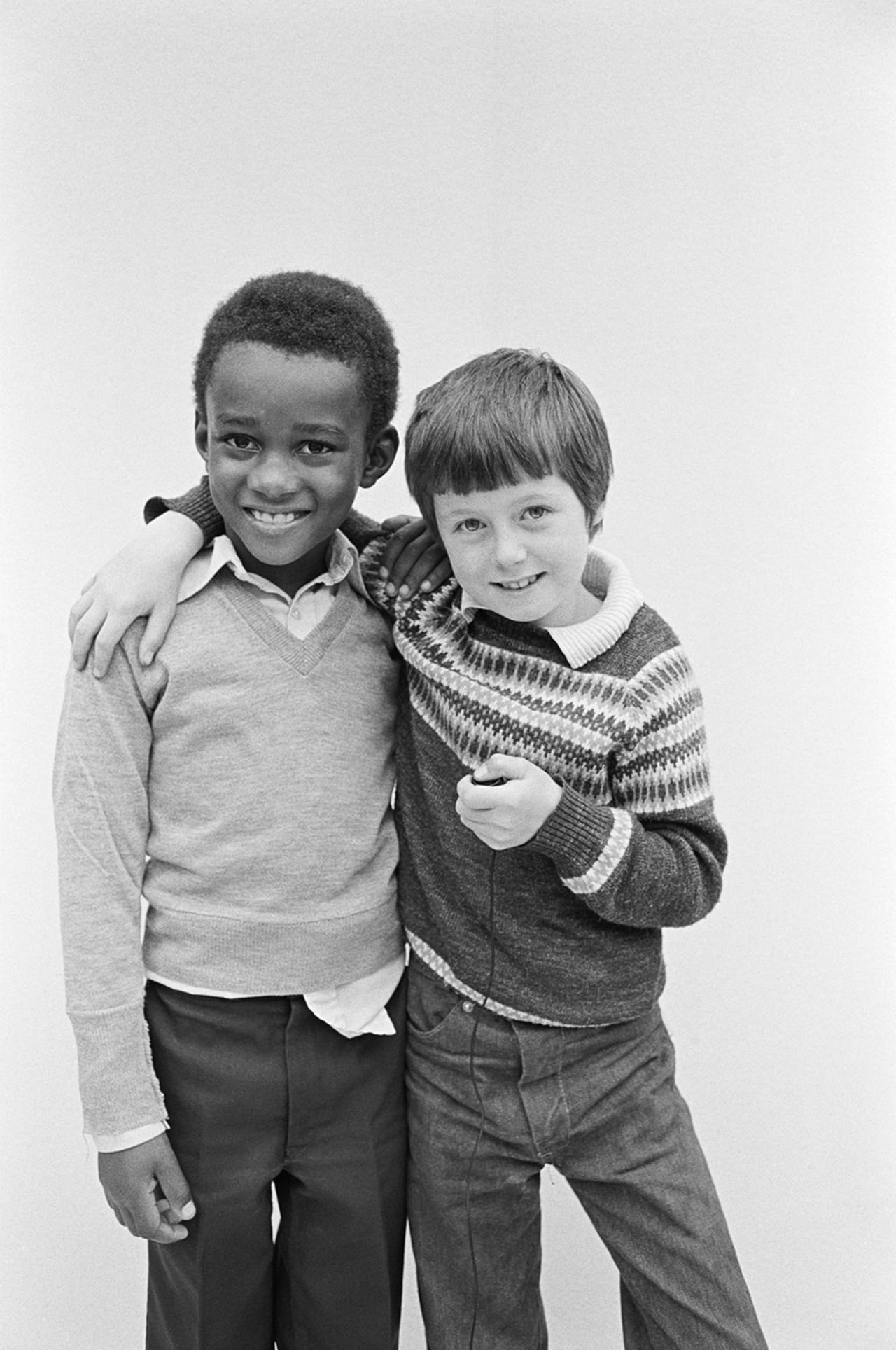
When Derek Bishton, John Reardon, and Brian Homer set up a photography and design agency in the late 1970s in Handsworth, a multicultural, inner-city district of Birmingham, they were viewed with suspicion. “I lived in Handsworth and walked to work with my camera, and I felt people were looking at me as if to say ’Who is this white guy, is he working for the police?’” says Bishton. “As I started to take photographs I was aware of this problem.”
Their agency, Sidelines, had been set up to work with community groups on issues such as social justice housing, unemployment and immigration though, so the photographers were keen to win the locals’ trust. Discussing it in their office, a converted terraced house on a busy shopping street in Handsworth, Bishton happened to find a photograph in Camerawork Magazine, showing a Ukranian woman who had photographed herself in a portrait studio set up by American photographer David Attie. It was, he realised, the perfect solution – and one which their office was seemingly built for.
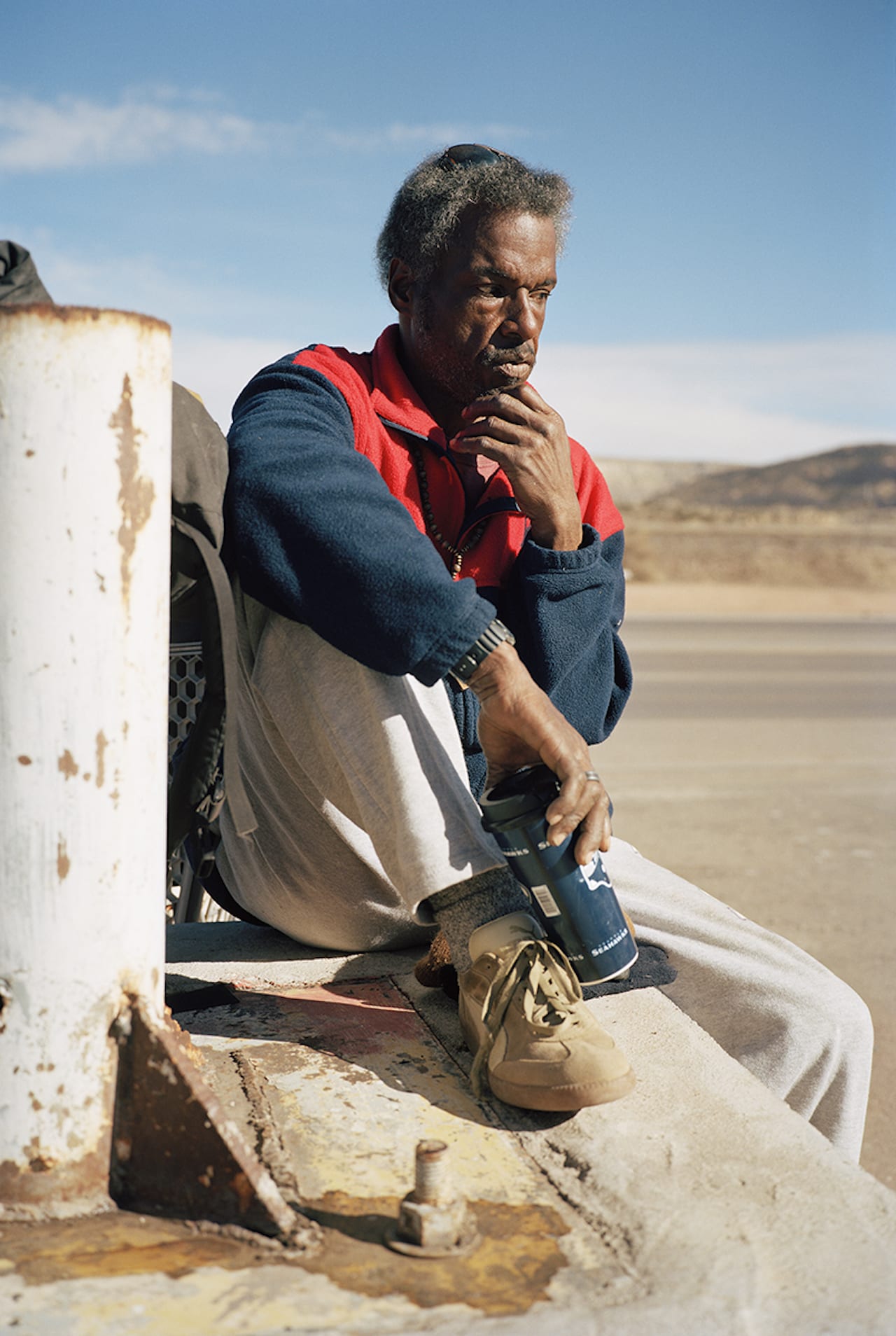
“If we don’t look at them, or if we try to sanitise it, then it’s not honest to this brutal experience of being homeless,” says Danish photographer Thilde Jensen, who is currently raising funds to publish an impressive four year project on homelessness in America, The Unwanted. Shot over four years in four American cities – Syracuse, Gallup, Las Vegas, and New Orleans, Jensen is currently raising funds on kickstarter to publish the project as a book, which will include 120 colour images, as well as a poem by Gregory George – a homeless man she met in New Orleans – and an essay by Gerry Badger.
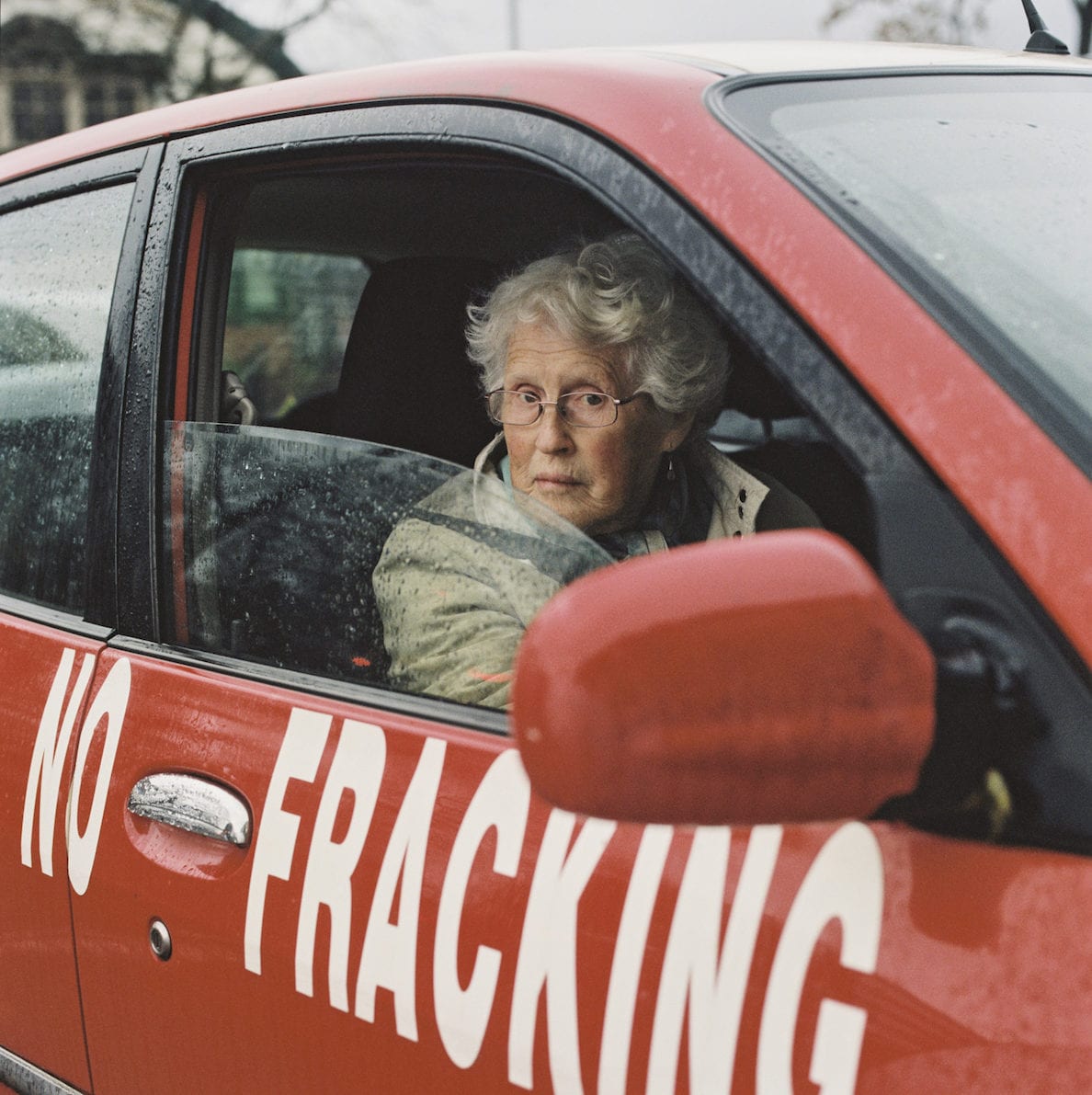
From a piano tuner jailed for taking direct-action, to an 87-year-old activist, Rhiannon Adam documents anti-fracking campaigners outside of the protest context

Rhiannon Adam investigates the UK fracking debate. Her work sheds light on the stories of individuals both for and against the contentious practice
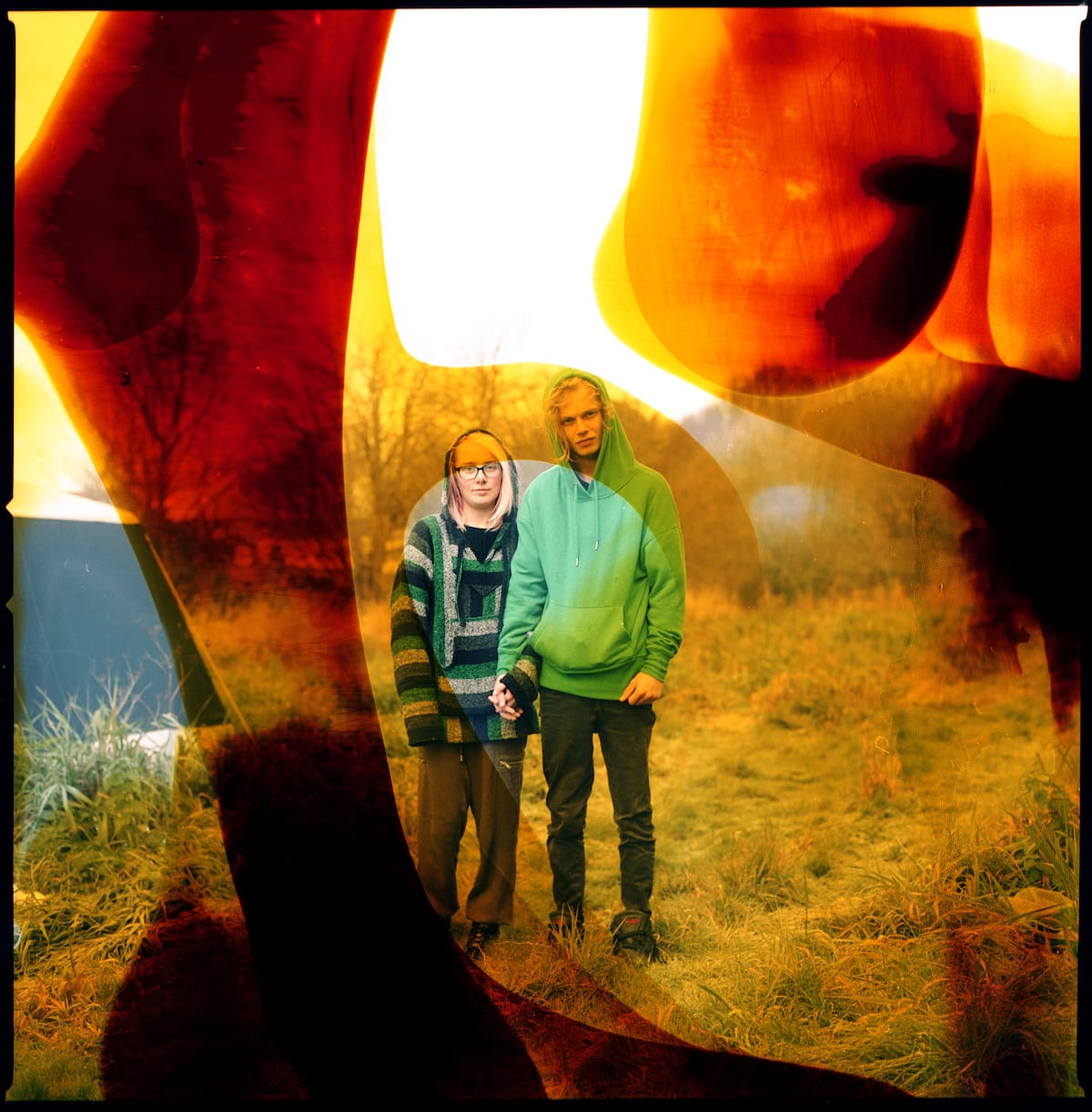
Rhiannon Adam spent four months immersed in the UK fracking debate. Her intimate portraits offer a glimpse into life on the frontline of the fracking resistance
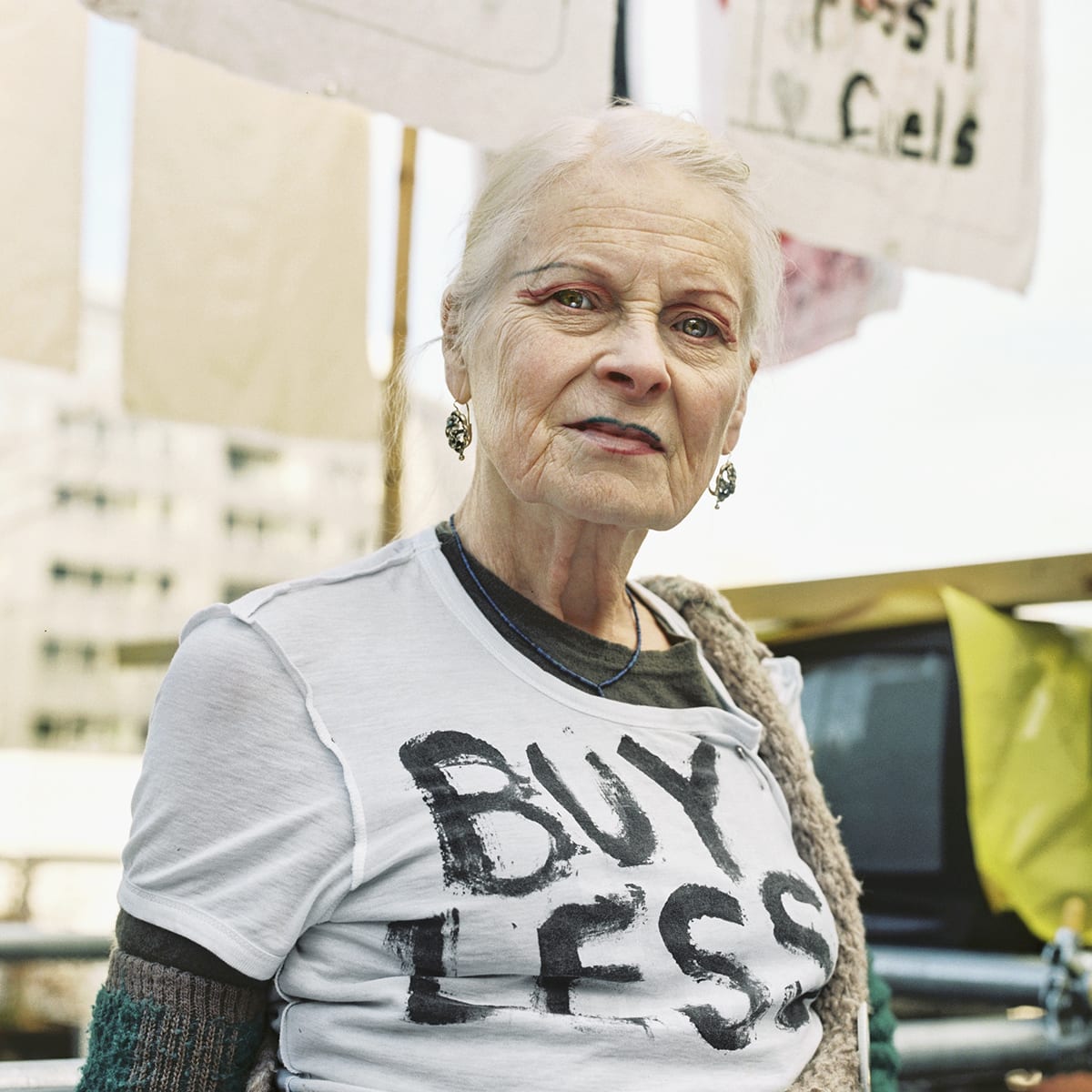
A hairdresser, Vivienne Westwood and an 87-year-old activist: a photographic series that tells the stories of those for and against the controversial practice
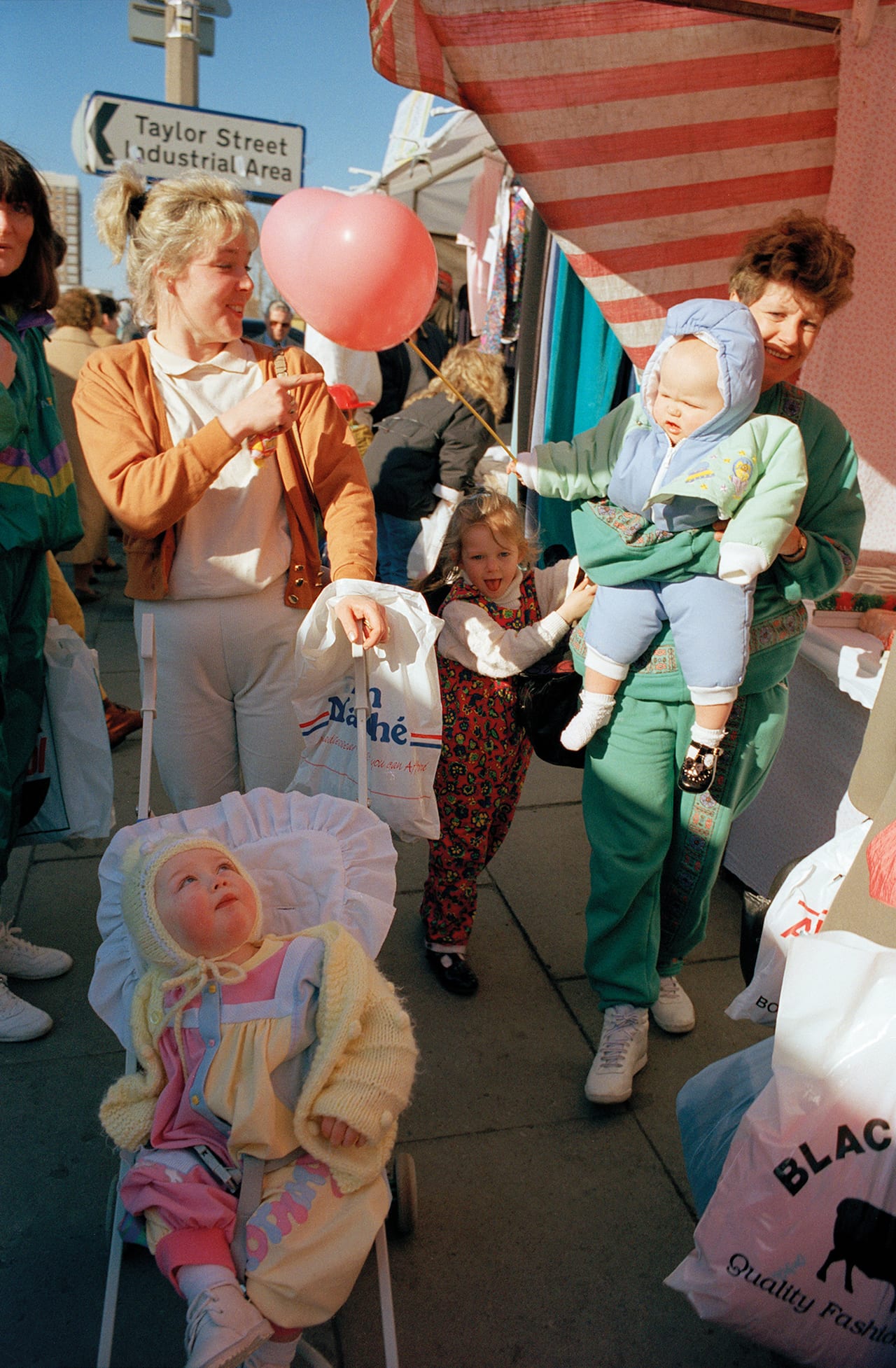
Almost every Saturday between 1978 and 1999, Tom Wood travelled from his home in New Brighton by ferry and bus to Great Homer Street market, just outside Liverpool city centre in the North West of England. He would spend the morning there photographing the mothers and daughters, kids dressed in matching blue and lilac tracksuits, teenagers chatting away with their curly hair swept up into side-ponies, and grandmothers haggling for of a string of pearl necklaces or a second-hand coat. In the afternoon he’d travel on to either Everton or Liverpool football ground, then back on the bus and ferry, taking pictures every step of the way.
”God knows how many photographs I took,” he says. “When I first began photographing in Liverpool I was just overwhelmed by the people and the place. It was an exciting place to be, I fed off the energy there.”
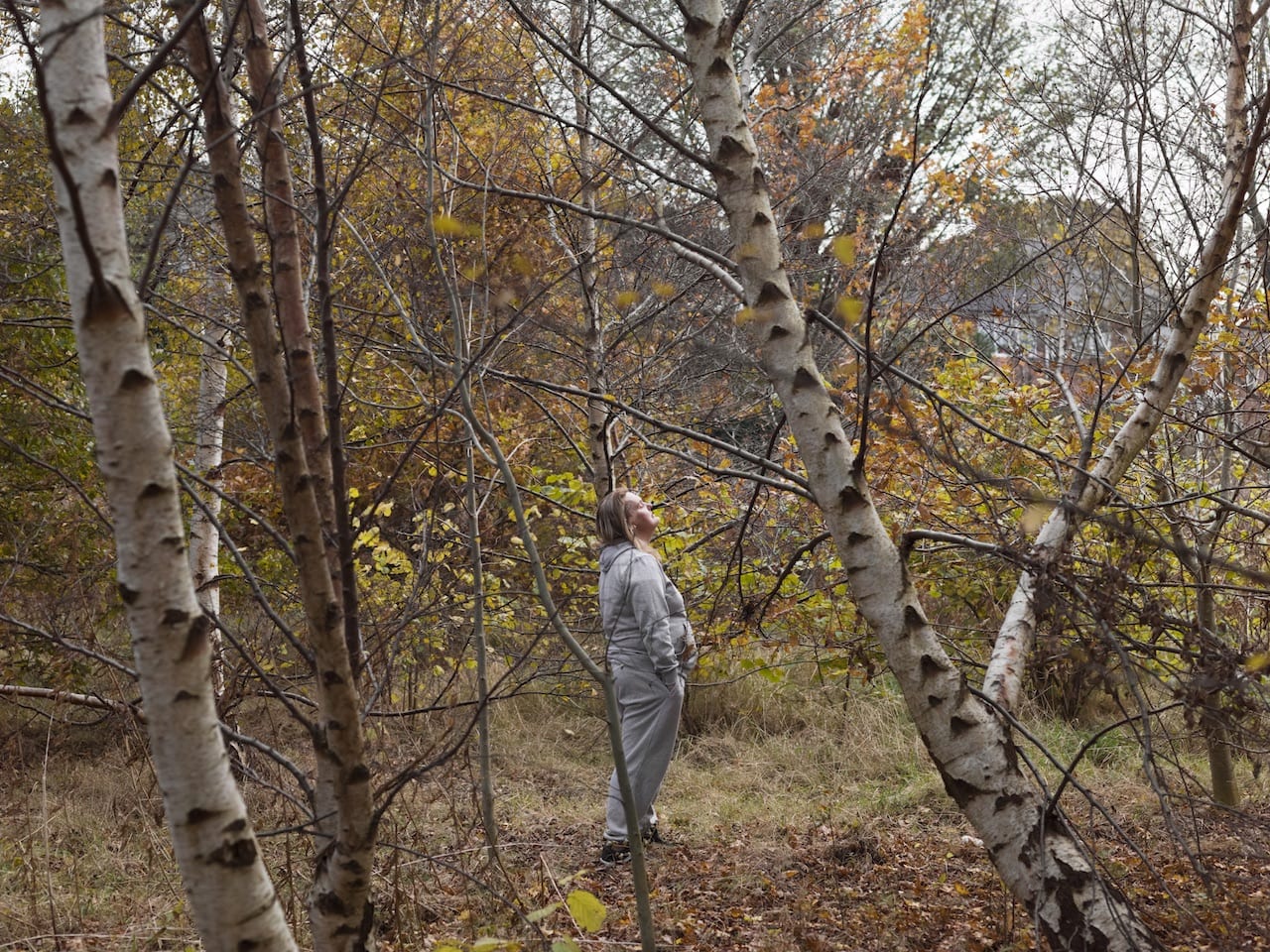
It is estimated that 7% of the prison population in the UK has a learning disability, compared to around 2.2% of the general population. A study by Prison Reform Trust in 2008 found that people with learning disabilities are seven times more likely to come into contact with the police, five times more likely to be subject to control and restraint, and three times more likely to suffer from anxiety or depression, and spend time in solitary confinement.
These numbers are estimates rather than straight statistics because there is no system in place to screen, identify, and record whether a prisoner has a learning disability. In a research paper from 2005, psychologist John Rack estimated that around 20% of prisoners have some form of “hidden disability” which affects their performance in education and work settings. It’s worryingly disproportionate, and it begs the question – if prisons don’t have systems in place to even identify these people, how can they begin to give them the support they need to survive in a prison environment?